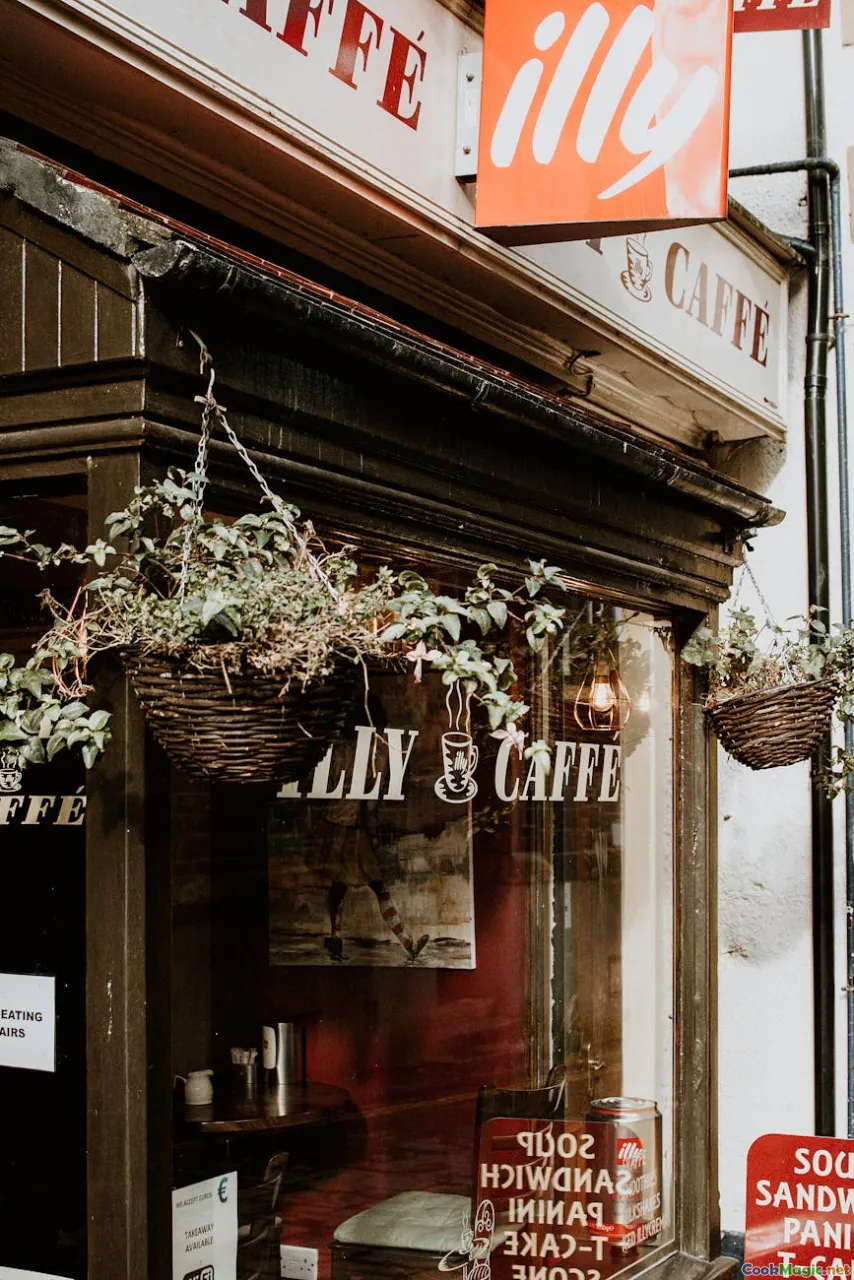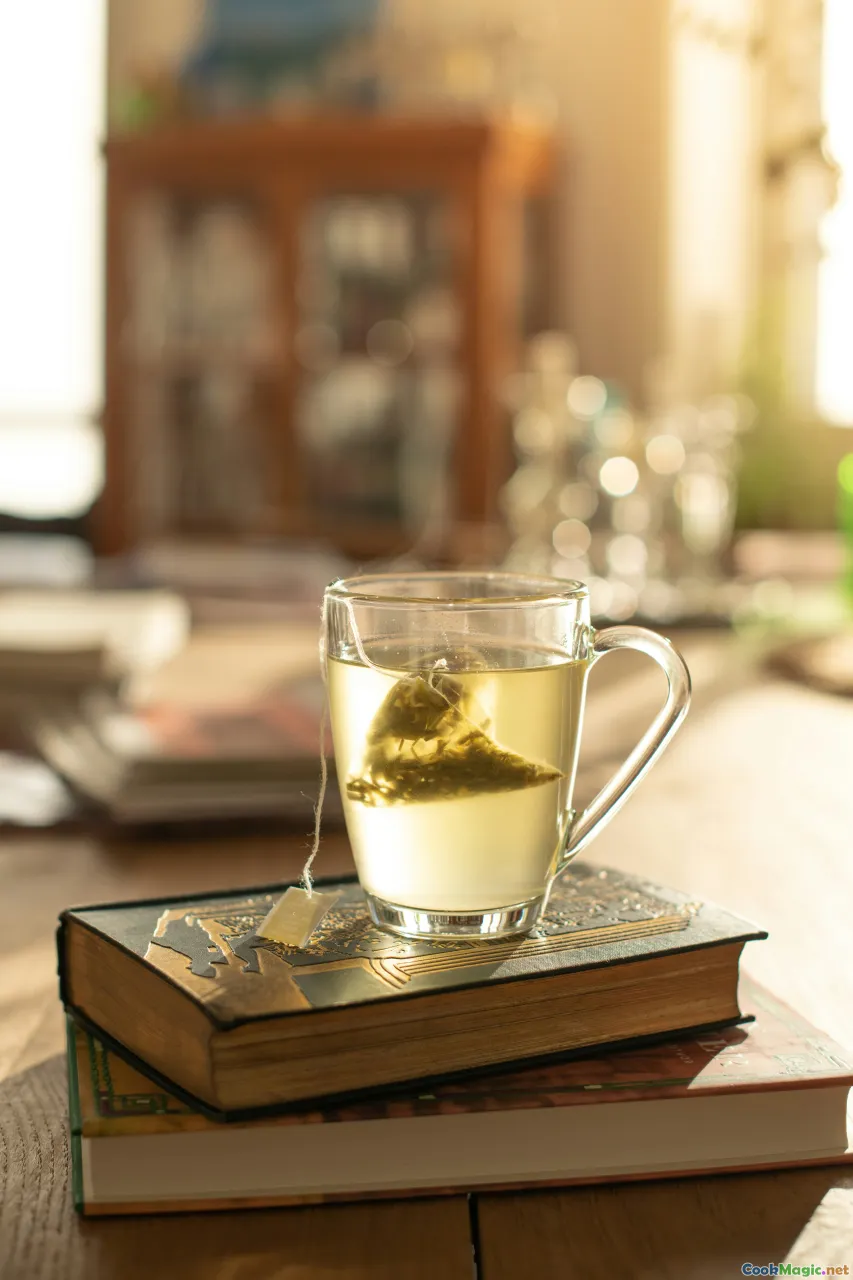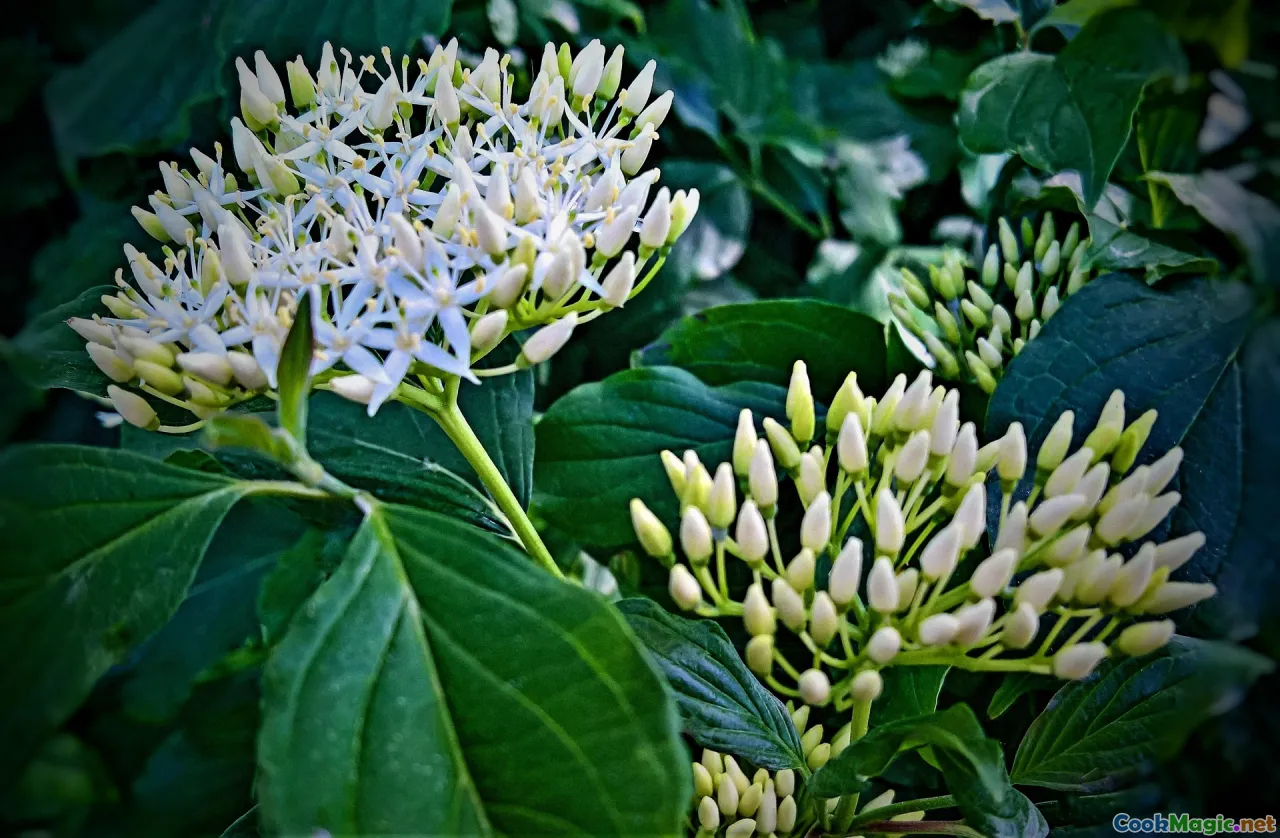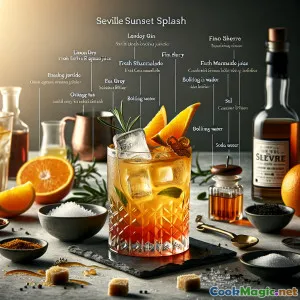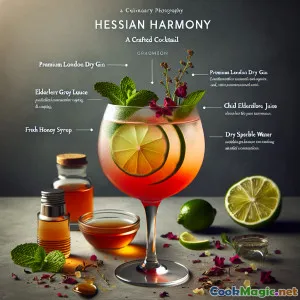
헤센 하모니: 영국 엘더플라워 진 피즈
(Hessian Harmony: An English Elderflower-Gin Fizz)
(0 리뷰)재료
-
45 ml 프리미엄 런던 드라이 진
(Use a citrus-forward gin for vibrant flavor.)
-
25 ml 엘더플라워 리큐어
(St-Germain is classic, any elderflower liqueur works.)
-
75 ml 차가운 얼 그레이 티
(Brew fresh and fully cool before mixing for best aroma.)
-
15 ml 신선한 라임 주스
(Juiced just before mixing for brightness.)
-
15 ml 꿀 시럽
(1:1 honey and water, dissolved and cooled.)
-
50 ml 드라이 스파클링 워터
(Preferably chilled and unflavored.)
-
4 leaves 신선한 민트 잎
(For garnish and light muddling.)
-
pinch n/a 말린 식용 장미꽃잎
(For beautiful garnish. Optional for visualization and light floral aroma.)
(Use a citrus-forward gin for vibrant flavor.)
(St-Germain is classic, any elderflower liqueur works.)
(Brew fresh and fully cool before mixing for best aroma.)
(Juiced just before mixing for brightness.)
(1:1 honey and water, dissolved and cooled.)
(Preferably chilled and unflavored.)
(For garnish and light muddling.)
(For beautiful garnish. Optional for visualization and light floral aroma.)
영양 정보
- 인분: 2
- 1인분 크기: 1컵 (200ml)
- Calories: 156 kcal
- Carbohydrates: 13 g
- Protein: 0.3 g
- Fat: 0 g
- Fiber: 0.2 g
- Sugar: 12 g
- Sodium: 11 mg
- Cholesterol: 0 mg
- Calcium: 7 mg
- Iron: 0.1 mg
조리법
-
1 - Chill Glasses and Brew Tea:
Place two cocktail glasses in the freezer to chill. Brew a strong cup of Earl Grey tea, let it cool, then refrigerate.
-
2 - Prepare the Honey Syrup:
In a small bowl, mix equal parts honey and hot water. Stir until the honey fully dissolves and let it cool.
-
3 - Shake Drink Base:
Fill a cocktail shaker with ice. Add gin, elderflower liqueur, Earl Grey tea, lime juice, and cooled honey syrup. Add 2 torn fresh mint leaves.
-
4 - Strain and Top with Sparkle:
Shake vigorously for 10-15 seconds, then double-strain into the chilled glasses.
-
5 - Add Sparkling Water:
Gently top each glass with sparkling water and lightly stir to blend.
-
6 - Garnish and Serve:
Float a mint sprig atop each glass. For visual elegance, sprinkle a pinch of dried rose petals, if desired. Serve immediately.
Place two cocktail glasses in the freezer to chill. Brew a strong cup of Earl Grey tea, let it cool, then refrigerate.
In a small bowl, mix equal parts honey and hot water. Stir until the honey fully dissolves and let it cool.
Fill a cocktail shaker with ice. Add gin, elderflower liqueur, Earl Grey tea, lime juice, and cooled honey syrup. Add 2 torn fresh mint leaves.
Shake vigorously for 10-15 seconds, then double-strain into the chilled glasses.
Gently top each glass with sparkling water and lightly stir to blend.
Float a mint sprig atop each glass. For visual elegance, sprinkle a pinch of dried rose petals, if desired. Serve immediately.
헤센 하모니: 영국 엘더플라워 진 피즈 :에 대한 자세한 정보
Hessian Harmony: The Soul of Contemporary English Mixology
Introduction
The very name “Hessian Harmony” channels visions of bucolic woodlands and the tranquil glades of English heritage, where the home-stitched Hessian sacks were indicative of a simpler, more communal way of life. This evocative drink, inspired by both nature and 21st-century English mixology, skilfully interlaces English spirits, aromatic teas, and a bouquet of floral notes, creating a cocktail of delicate poise, modern vibrance, and unmistakably English roots.
Background, History & Cultural Significance
While the world may associate England foremost with tea and gin, only recently have bartenders orchestrated their harmonious union into trendsetting beverages. Gin’s popularity, dating back to the “Gin Craze” of 18th-century London, did not initially foresee a marriage with what is considered quintessentially polite—the afternoon tea tradition. These parallel rivers of culture, diverging in both time and tradition, now meet harmoniously in the “Hessian Harmony.”
Elderflower is a favored-foraged ingredient in Britain, especially in the countryside where it grows wild amongst hedgerows. Floral liqueurs like St-Germain have risen in British bars, whereas honey and lime add warmth and a subdued tartness that complements the brisk nose of Earl Grey. Earl Grey tea itself is a hidden nod to old English-Eurasian trade, with its base of robust black tea pierced with the oil of bergamot, lending a fruity, floral aroma.
This cocktail is therefore not just a drink but a quiet salute to the layered flavors, trades, gardens, and taverns that have shaped the English palate over centuries. Topped with a pinch of English culinary whimsy, like rose petals and mint, Hessian Harmony serves as a symbol of unity amid diversity—the very ethos of Britain’s countryside heritage meeting city innovation.
Unique Aspects
Where most cocktails favor citrus or bitters as main supporting actors, this harmonious number ballets through tea, elderflower, and garden-fresh elements. Using honey syrup rather than white sugar enhances the drink’s texture and complexity while continuing the English country theme. Meanwhile, Earl Grey tea (specifically brewed strong and then chilled) tethers together the floral and citrus quotient, and lime juice lifts those heavier botanicals—an essential balancing act.
A touch more complexity is worked into the pour: shaking the liquid base with torn mint leaves imparts elusive garden aromatics, the kind one finds on spring walks. Careful garnishing—rose petals and mint sprig—visually transform this cocktail into a veritable wild English garden in a glass.
Preparation Tips and Bartender’s Notes
Mastering the clarity and nuance of Hessian Harmony is all about respect for its components:
- Gin: Opt for a premium London Dry that brings either coriander, citrus, or floral tones. While not overpowering, flavors should not clash with Earl Grey and elderflower.
- Earl Grey Tea: Allow the brewed tea to cool completely before using. Rapid chilling over ice can work in a pinch, but it’s best brewed and cooled with patience for a smoother sip.
- Honey Syrup: Always dissolve honey thoroughly—lumps will undercut the drink’s smooth mouthfeel. If honey feels too sweet, decrease slightly rather than omit.
- Mint: Use the freshest possible mint leaves, and don’t over-muddle; a gentle tear and short shake is all that’s needed to prevent bitterness.
- Sparkle: Use a high-quality, firmly-carbonated water to guarantee a lively fizz, lifting all those botanical notes at service.
Variations & Serving Suggestions
For the adventurous, changing the tea—perhaps using a floral white tea with bergamot, or even a Lady Grey—offers subtle new directions. Citrus zest on the rim accentuates brightness, while edible flowers (violets or chamomile) offer fresh layouts for garnishing in spring, harking more historical English floral cordials of the Victorian era.
Hessian Harmony is ideal as a new signature garden party drink, equally sensational for brunches or elegant high teas, absolute for lovers of complex yet mellow drinks. It boasts little resistance to pairing; delicate finger sandwiches, smoked salmon, or even lemon-verbena shortbread augment its nuanced botanicals. Serve in ornately rimmed garden glasses—think cut-crystal or vintage stemware—for the full effect.
Personal Reflection
Of all my English drink compositions, Hessian Harmony sits close to the heart because it weaves not just flavors but feelings: a touch of nostalgia, a celebration of British adaptability. Ideal for modern gatherings, it’s also a contemplative solo sip on rain-brushed afternoons, allowing the aromas of mingled tea and flower to travel with you, at least metaphorically, across winding Yorkshire lanes and city squares alike.
Raise your sparkling glass, breathe deep the heady scent of garden and gin, and savor a perfectly ‘harmonized’ taste of new England—that, truly, is Hessian Harmony.

